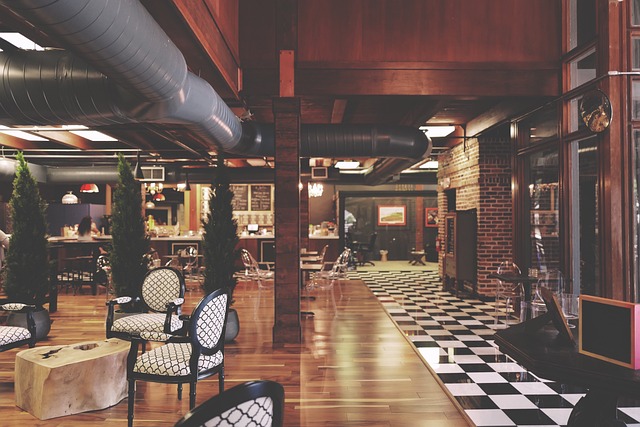Lighting design is an integral part of interior design
Lighting design is an integral part of interior design and architecture. It involves the art and science of using light to achieve a particular aesthetic or functional goal. Lighting has the power to transform a space, enhance the mood, and create a particular ambiance. A well-designed lighting scheme can make a room feel warm and inviting or cold and unwelcoming. In this article, we will discuss the importance of lighting design, the different types of lighting, and tips for creating effective lighting design.
Importance of Lighting Design
Lighting design plays a significant role in creating the desired atmosphere and functionality of a space. It can highlight specific features, set a particular mood, and provide safety and comfort. Good interior design should consider the user’s needs, the purpose of the space, and the architectural elements of the room. Proper lighting can help to increase productivity, promote relaxation, and enhance visual comfort.
Types of Lighting
Design
There are three main types of lighting in interior design:
- Ambient Lighting: This is the general lighting that provides overall illumination to the room. It is typically achieved through ceiling fixtures such as chandeliers or recessed lights. Ambient lighting should be bright enough to provide sufficient light to the room, but not too bright that it creates glare.
- Task Lighting: This type of lighting is focused on a particular area or task. It is often used in areas where specific activities are performed, such as reading, cooking, or working. Task lighting can be achieved through desk lamps, under-cabinet lighting, or pendant lights.
- Accent Lighting: This type of lighting is used to highlight a particular feature or object in the room, such as artwork or architectural elements. It adds depth and dimension to a space and can create a dramatic effect. Accent lighting can be achieved through spotlights or directional lights.
Tips for Effective Lighting Design
Here are some tips for creating effective lighting design:
- Consider the natural light: Natural light is a vital element in lighting design. Consider the direction and intensity of the natural light in the room when choosing artificial lighting. If the room has plenty of natural light, focus on accent and task lighting.
- Layer the lighting: Use a combination of ambient, task, and accent lighting to create a layered effect. This provides depth and dimension to the space and can create a more inviting atmosphere.
- Choose the right bulb: The type of bulb used can affect the mood and functionality of the room. LED bulbs are energy-efficient and can be adjusted to various color temperatures, making them an excellent choice for most spaces.
- Use dimmers: Dimmers allow for adjustable lighting, which can help to create different moods and ambiance in the room.
- Highlight architectural elements: Use accent lighting to highlight specific architectural elements, such as columns, beams, or moldings. This can add interest and texture to the room.
Conclusion
Lighting design is an essential aspect of interior design and architecture. It has the power to transform a space and create the desired mood and functionality. By considering the user’s needs, the purpose of the space, and architectural elements, designers can create effective lighting designs that enhance the overall design of the room. A well-designed lighting scheme can make a room feel warm and inviting or cold and unwelcoming. Therefore, it is important to carefully consider the type of lighting used, the direction and intensity of the natural light, and the specific needs of the space to create an effective lighting design. With the right lighting design, any space can be transformed into a beautiful and functional environment.

